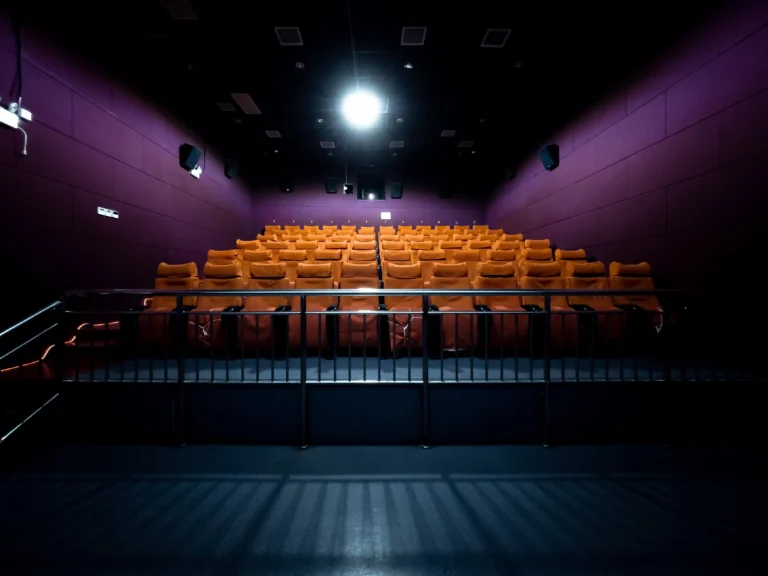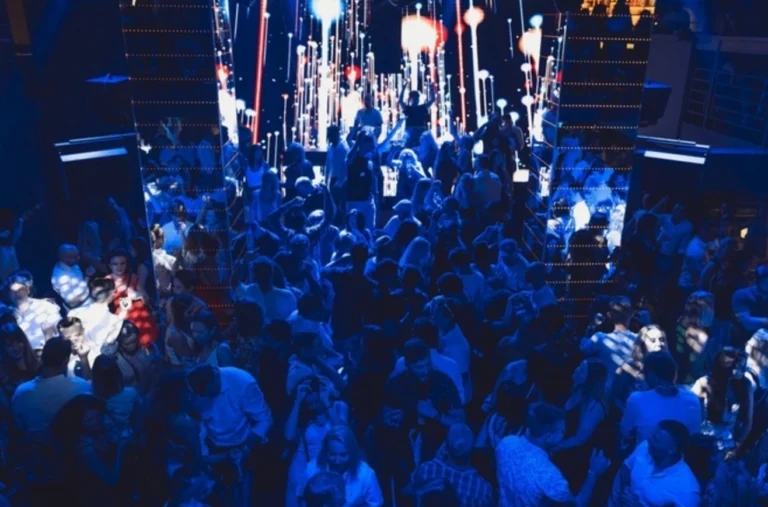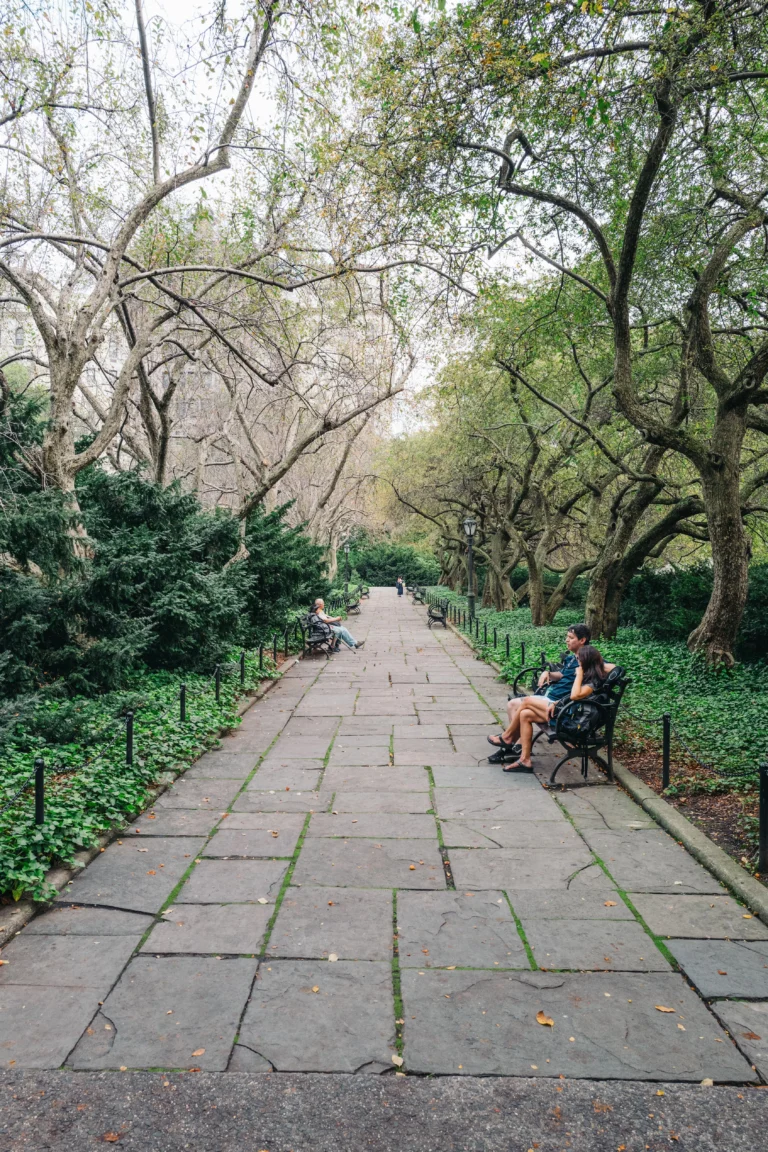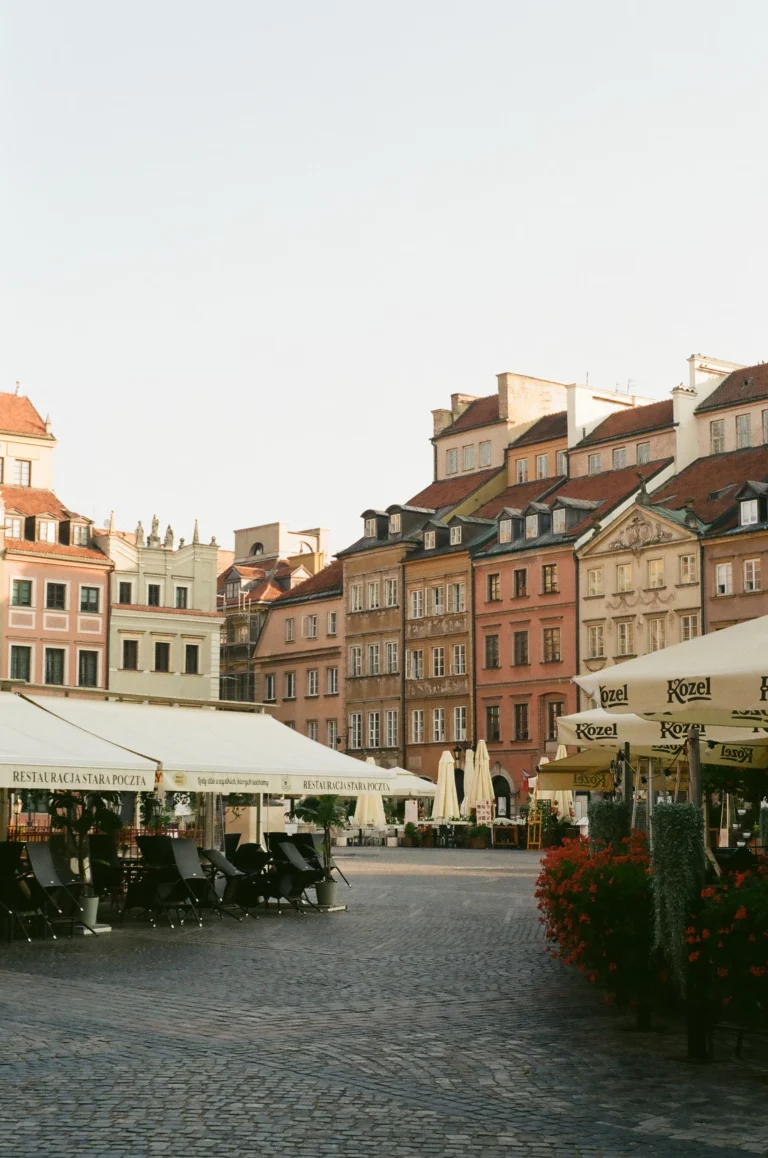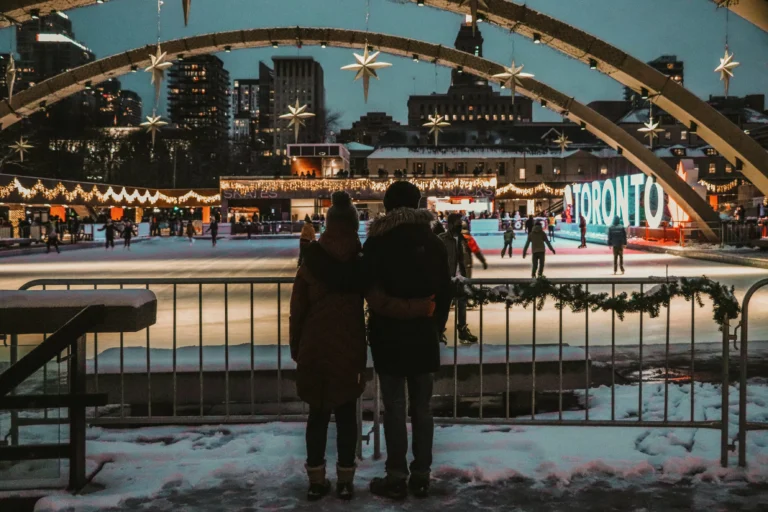Planning just one day in Warsaw but want to get to know the city? This 10-hour route will take you through the Polish capital’s main highlights. You’ll see how Warsaw has evolved over the centuries, from medieval streets in the Old Town to gleaming skyscrapers, from royal parks to buzzing urban neighborhoods.
This route works best in warm weather or mild winter conditions. Start no later than 9 AM, and make sure to grab breakfast first. Walking the entire route is your best bet for really experiencing the city. If you get tired though, don’t worry – you’ll find public transport stops near every stop. A day pass can save your legs, but you might miss out on some great city views along the way.
If you like to move quickly, you can fit in the whole route. But if you prefer taking your time and diving deep into each spot, you might want to skip a place or two.
By day’s end, you’ll have your own take on Warsaw – a resilient city that’s bounced back stronger every time it faced destruction. This route works well whether you’re exploring solo or with a small group. Ready to start?
And if you want to dig deeper into the city, we’ve put together lists of Warsaw’s best restaurants, cafes and museums.
1. Old Town (09:00-10:45)
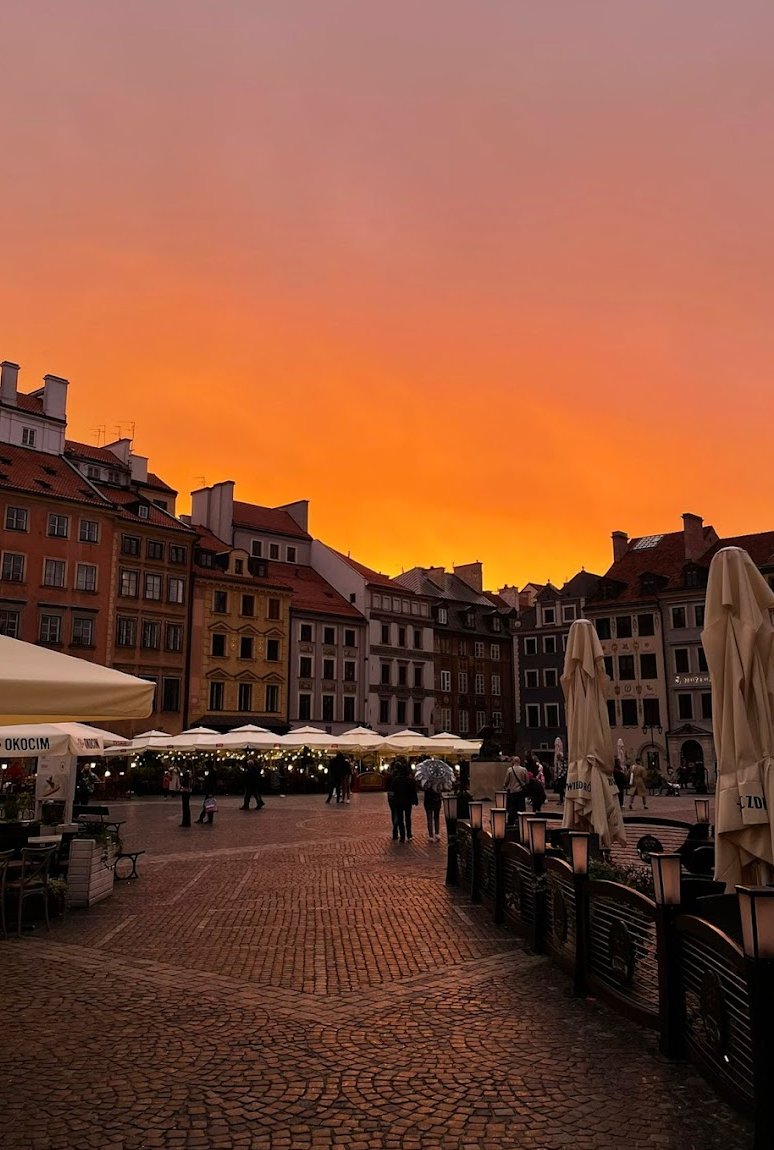
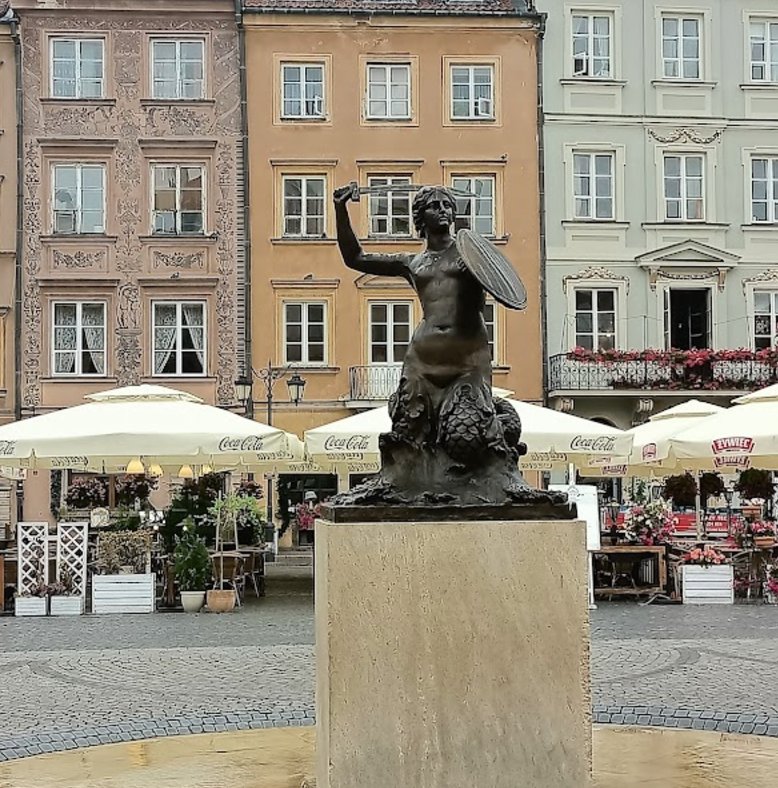
Kick off your Warsaw adventure in the Old Town – just hop on the metro to Ratusz Arsenał station. A quick five-minute walk brings you to Market Square, the historic district’s heart. The square is surrounded by merchant houses from the 16th and 17th centuries, now home to cozy cafes and souvenir shops.
In the square’s center, you’ll spot Warsaw’s symbol – a Mermaid statue wielding a sword and shield.

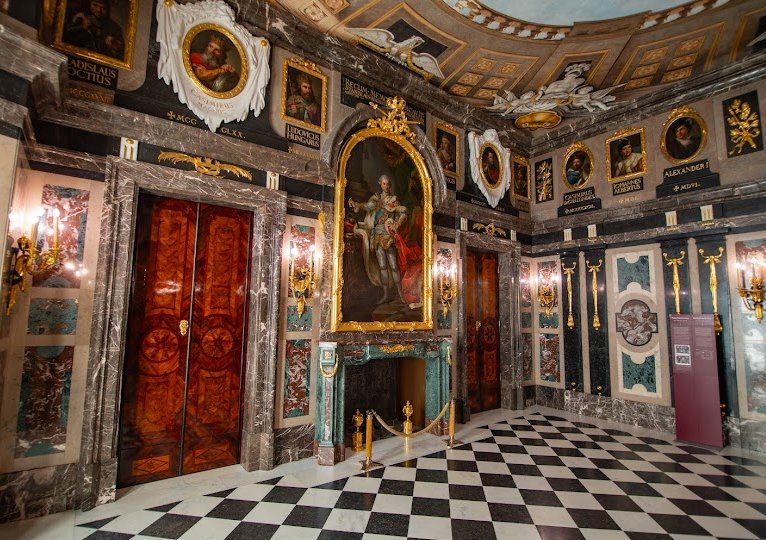
From here, head to the Royal Castle, which houses some amazing artwork, including pieces by Rembrandt. You can’t miss Sigismund’s Column at the entrance – it honors the first king who made Warsaw Poland’s capital.
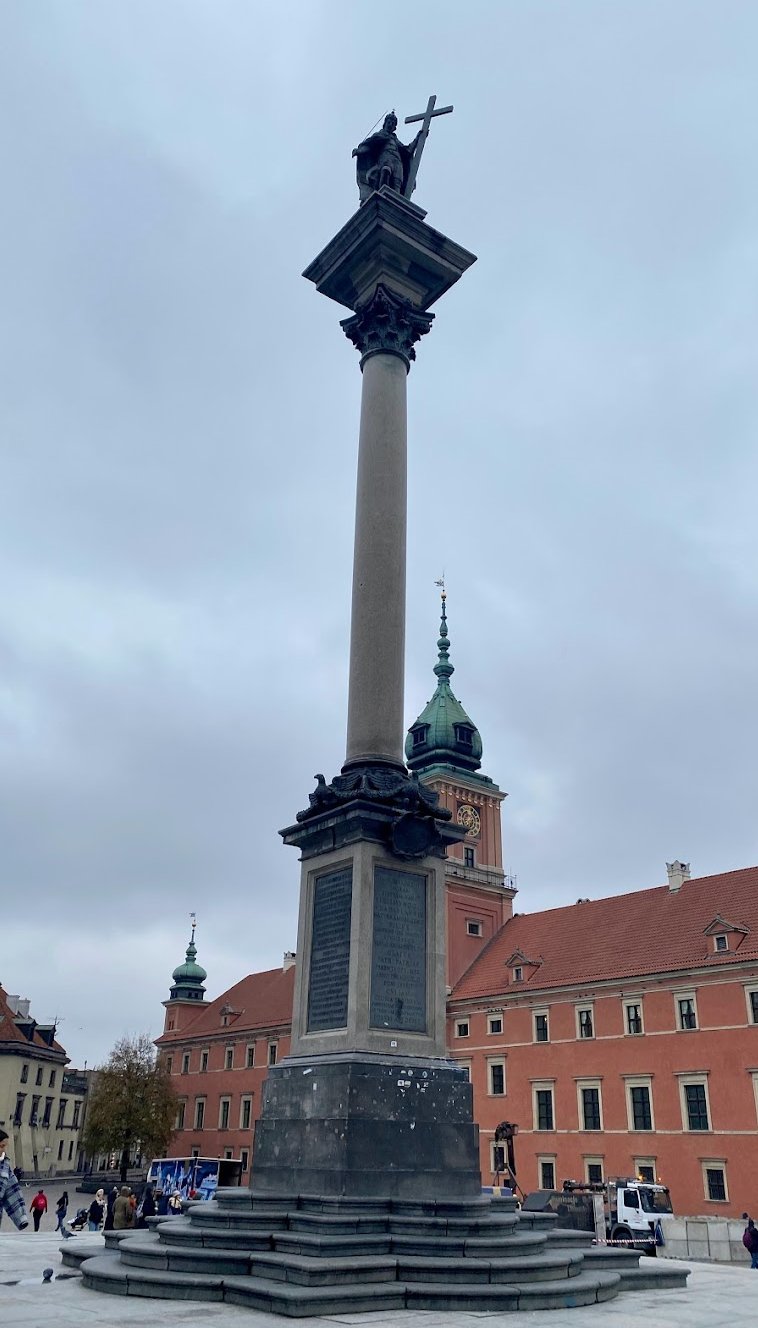
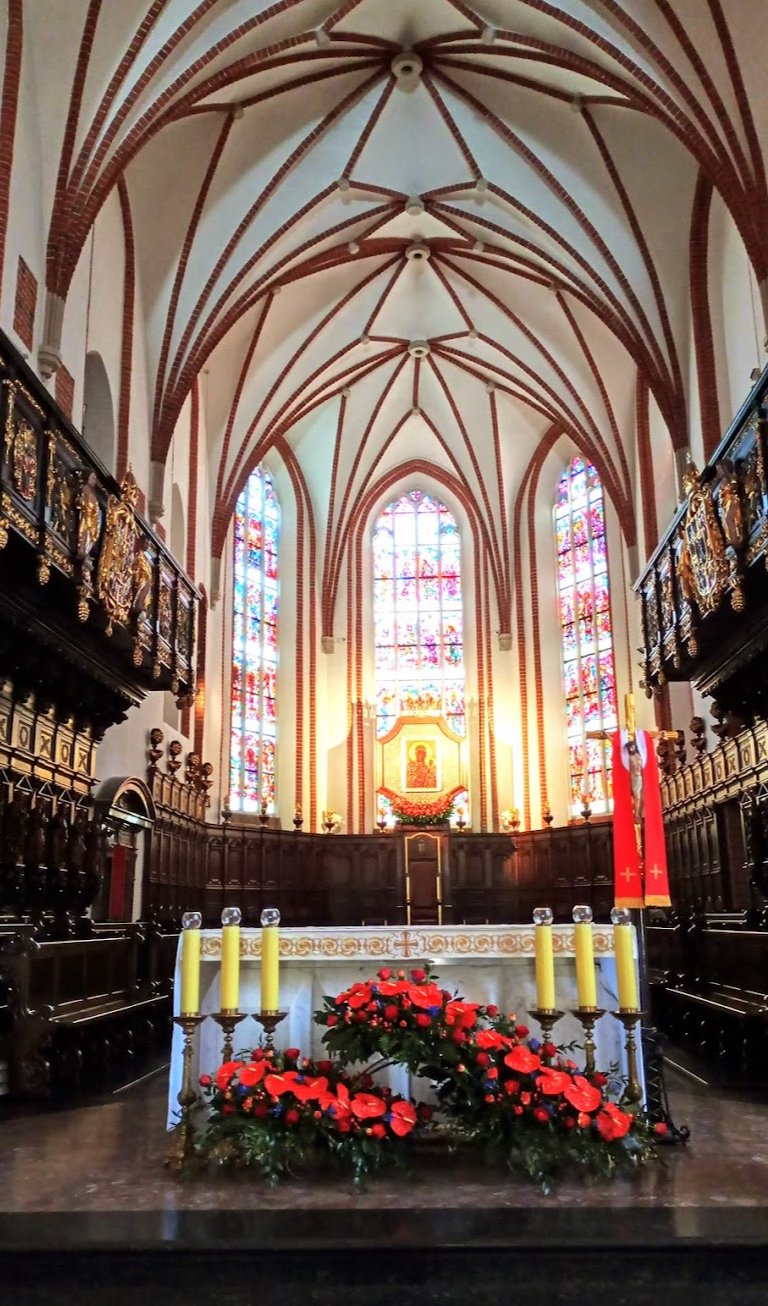
Don’t skip St. John’s Cathedral – this is where Polish kings were crowned. If you’re interested in city history, check out the Warsaw Museum, spread across several stone buildings on Rynek Street.
Plan about two hours for the main sites in this area. Pro tip: start early in the morning before the tourist crowds roll in, right when local cafes are opening their doors for breakfast.
2. City Fortifications (10:45-11:30)
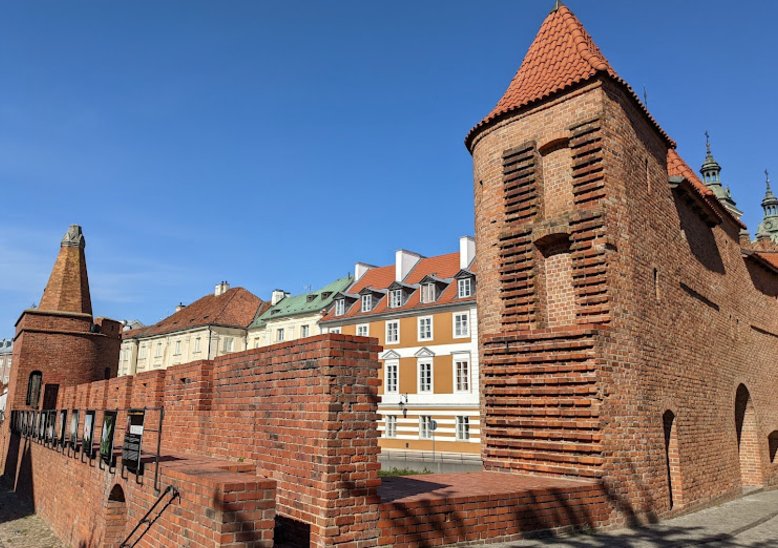

Next up are Warsaw’s medieval defenses. The Barbican, built in 1548, was the main fortress protecting the city’s north side and linked the Old Town to the New Town.
Take a walk around the circular gallery where archers once kept watch. The city walls, which have been partially rebuilt since the war, run for 200 meters along Podwale Street. You can still spot some original 14th-century stonework here.
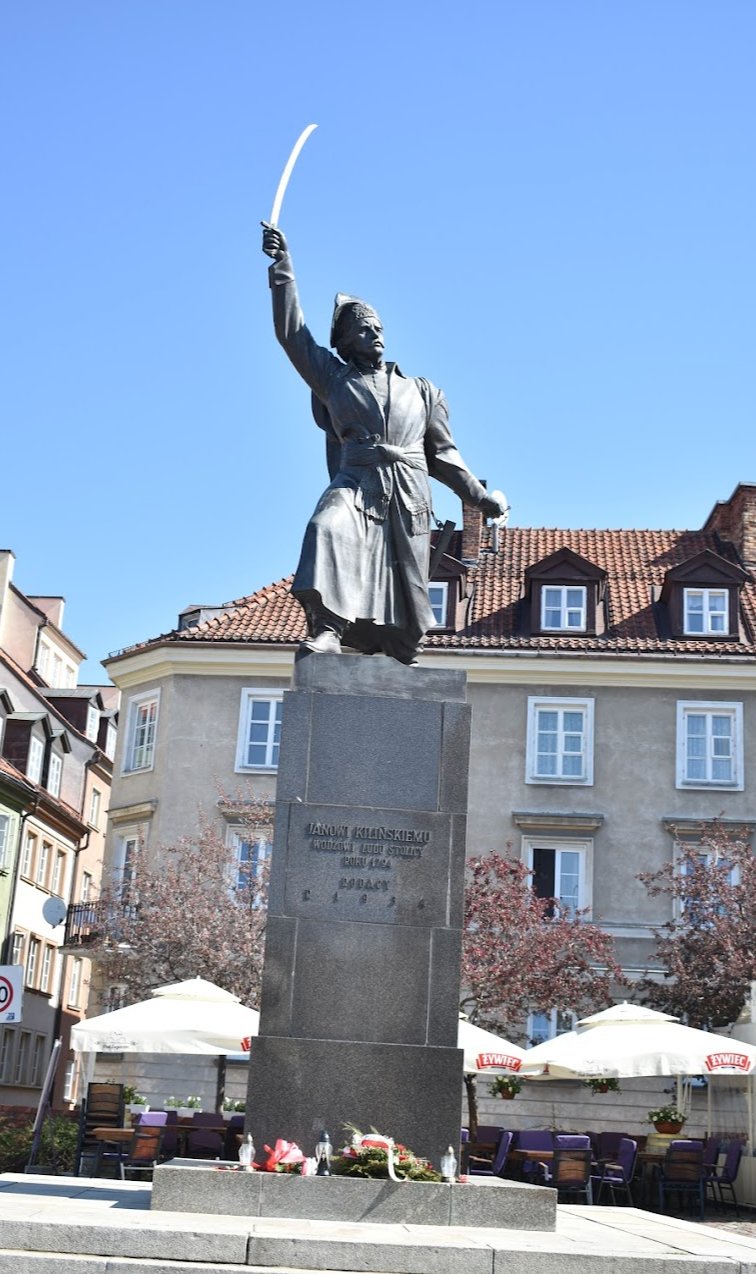
Near the Barbican, you’ll find a statue of Jan Kiliński – a local shoemaker turned hero who led an uprising against Russian forces in 1794. During warmer months, the walls become a hub for street performers and artists – perfect for some memorable photos.
Between the towers, you can spot narrow passages called posterns, where defenders could slip away unnoticed. Climb up to one of the tower viewpoints for a great photo op – you’ll see how the old fortifications blend seamlessly with modern Warsaw.
Give yourself about 45 minutes here to explore and catch some street performances. During peak season, try to arrive early to dodge the crowds.
3. Krakowskie Przedmieście (11:30-12:30)
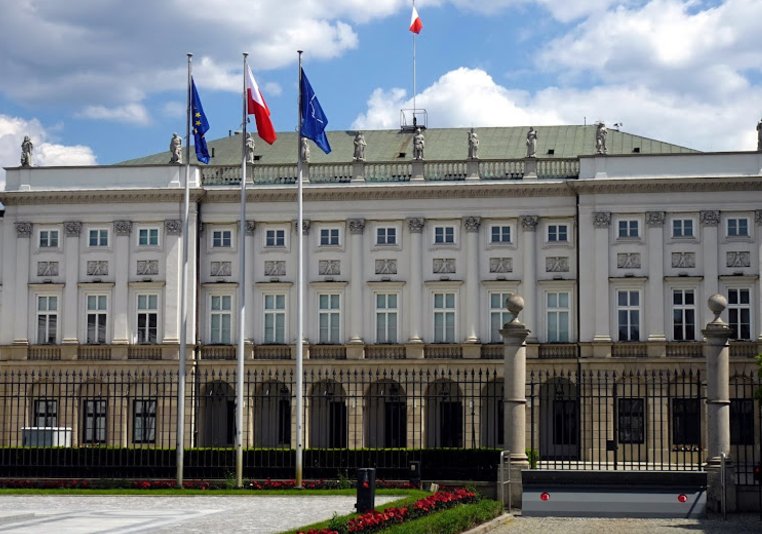
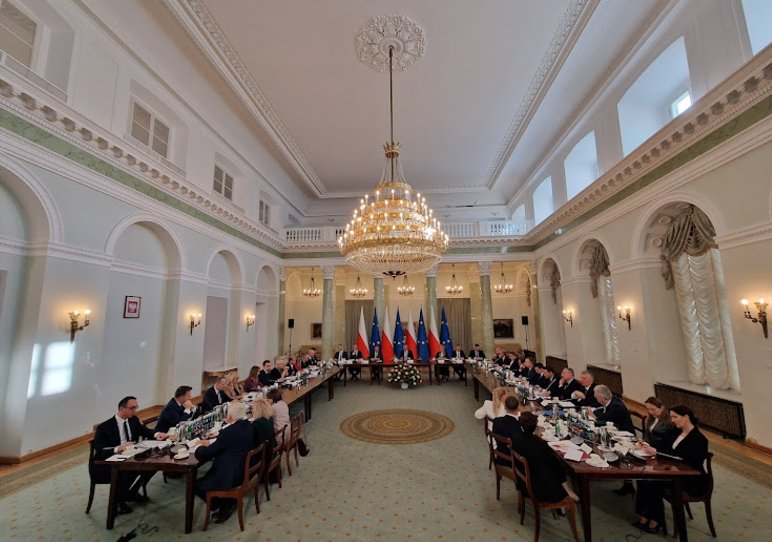
After checking out the medieval fortifications, you’ll land on Krakowskie Przedmieście, one of Warsaw’s main streets. Each building here has a story to tell – from the grand Presidential Palace where key state documents were signed, to a charming bench featuring Chopin’s music.
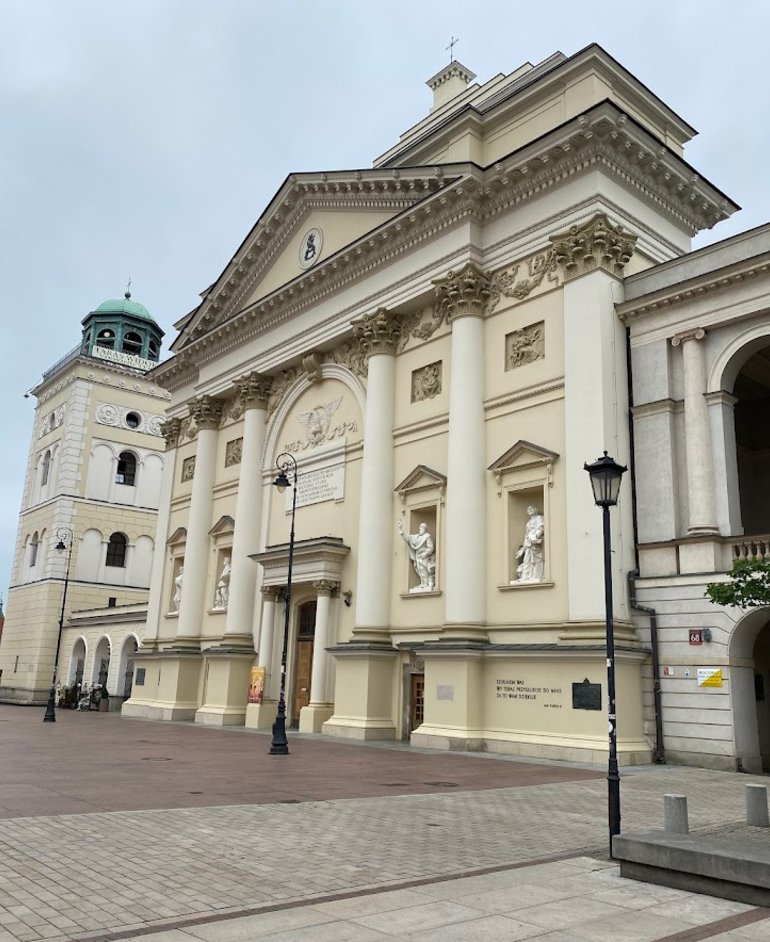
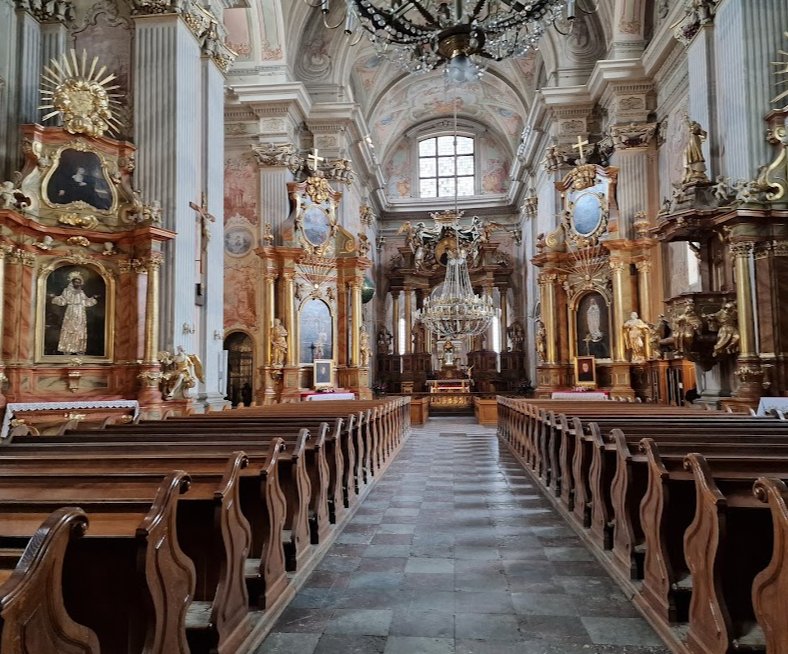
Start at St. Anne’s Church, which regularly hosts organ concerts. Make sure to snap a photo at the Copernicus monument while holding his polished globe – locals swear by this tradition.

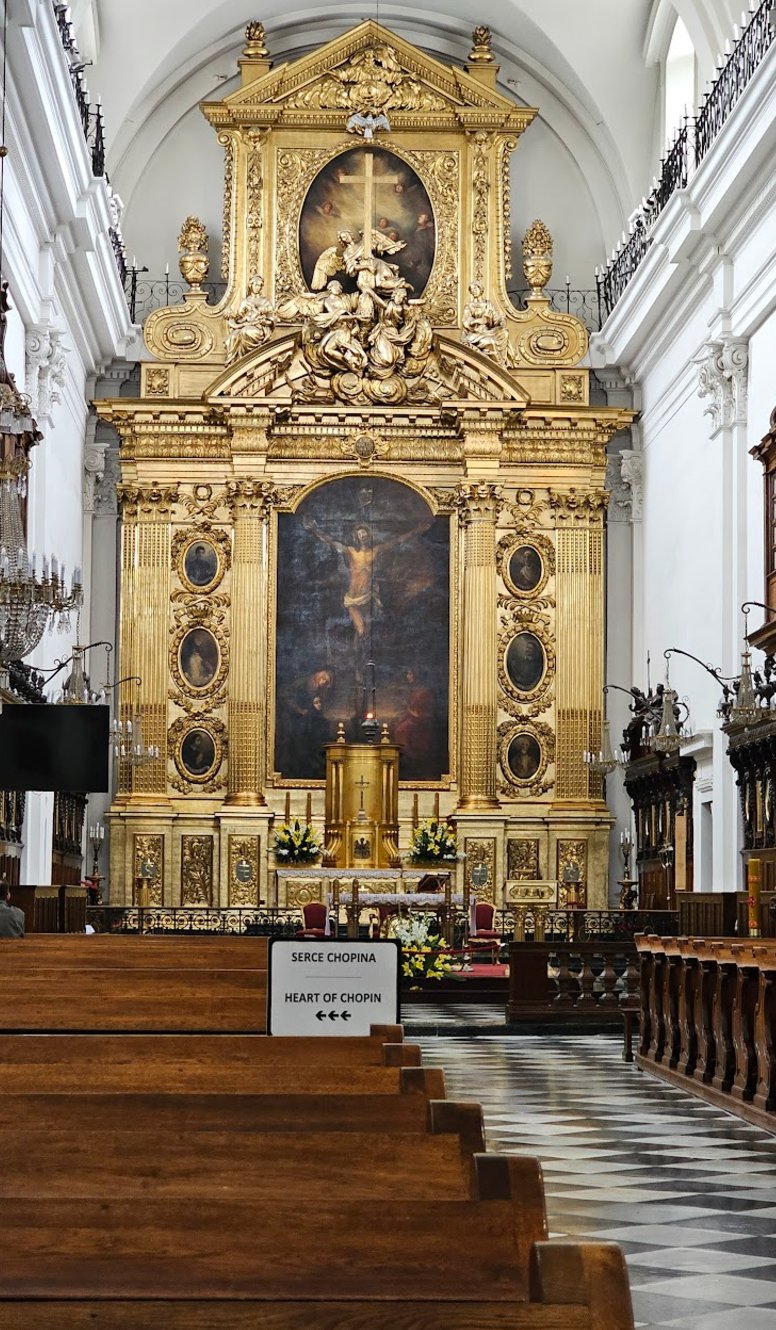
Take a glimpse through the ornate gates of the University of Warsaw, alma mater to many notable Polish figures.
Inside the Holy Cross Church, you’ll find something unique – Chopin’s heart, preserved in an urn and built into one of the columns. Keep the musical theme going at the interactive memorial bench: just press a button to hear some of the composer’s masterpieces.
Each corner features plaques with historical photos – it’s fascinating to compare the street’s appearance before the destruction and after its restoration.
4. Nowy Świat (12:30-13:30)
Moving on from historic Krakowskie Przedmieście, you’ll come to Nowy Świat street, one of Warsaw’s prime shopping spots. Time for a breather at the historic Blikle café – it’s been serving up amazing doughnuts since 1869.
As you stroll along, check out the distinctive 19th-century stone buildings with their restored facades – survivors of both the war and the city’s reconstruction.
At number 67, don’t miss the quirky Paraffin Man courtyard, home to an unusual sculpture that’s become something of a local legend.
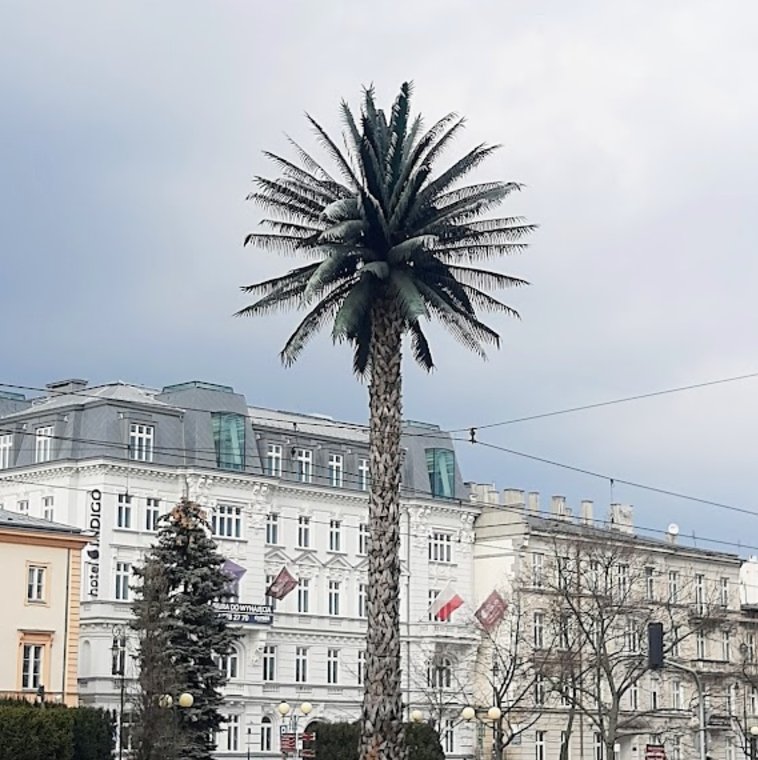
When you reach the circular De Gaulle Square, you can’t miss the artificial palm tree – a contemporary art piece that’s been turning heads since 2002. From here, you get a nice view of the Poniatowski Bridge spanning the Vistula.
The street is dotted with cozy cafés channeling old Warsaw vibes, perfect for sampling traditional Polish desserts. On weekends, it becomes pedestrian-only, making for an even more enjoyable walk.
5. City Center (13:45-15:00)
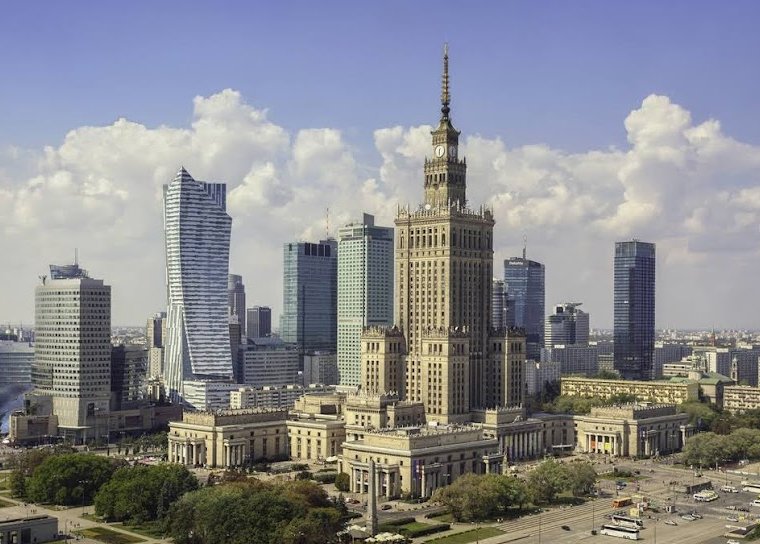

After lunch, head to modern Warsaw’s beating heart – the business district. You can’t miss the main landmark: the Palace of Culture and Science, stretching 237 meters into the sky, built back in 1955.
Pop up to the observation deck on the 30th floor for some amazing city views – definitely worth the trip up. You’ll get a great perspective on how the historic areas blend into the modern skyline.
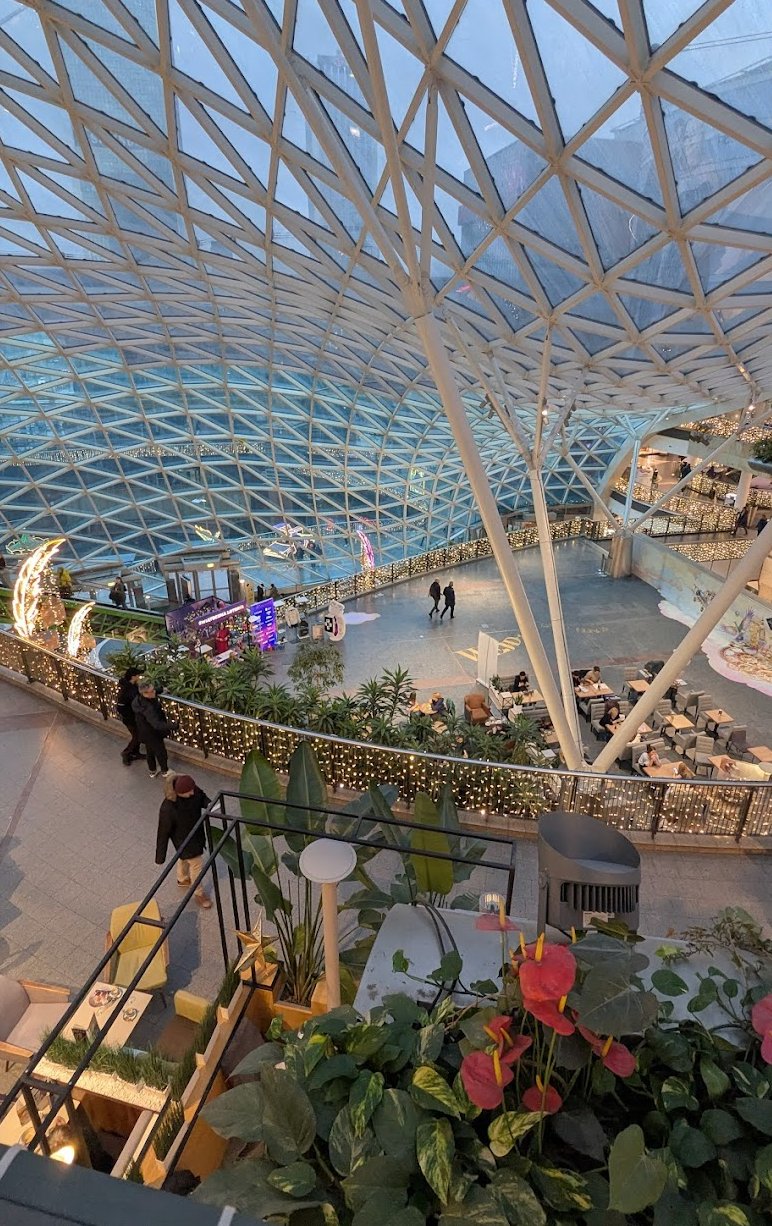
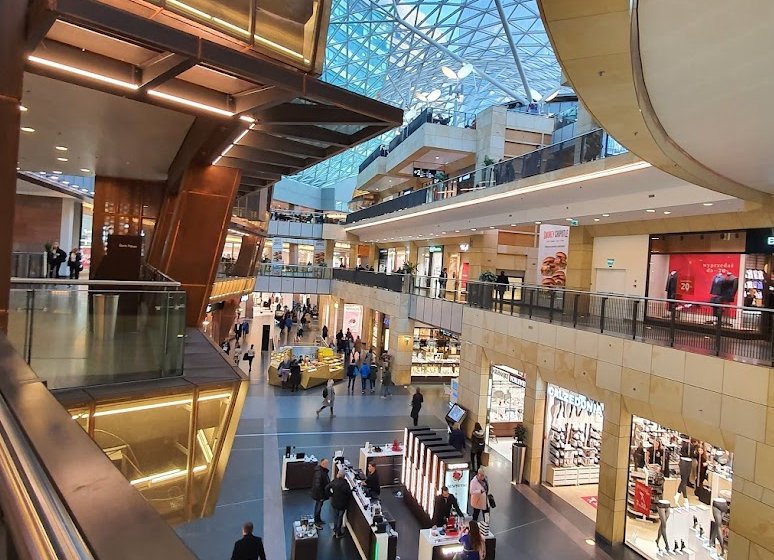
Right next door, you’ll find Złote Tarasy shopping center with its distinctive wavy glass roof – perfect for some retail therapy or ducking out of the rain. It’s interesting to see how the palace’s Stalin-era architecture contrasts with the sleek modern buildings of Warsaw’s business district.
A sprawling square surrounds the palace – it’s where locals love to meet up.
From here, you’re well-positioned to continue exploring: it’s just a 15-minute walk to Zbawiciela Square along Marszałkowska Street, lined with plenty of shops and cafés.Copy
6. On the Way to Łazienki (15:15-16:00)
As you head towards the Royal Łazienki, one of Warsaw’s most stunning parks, you’ll pass through the city’s modern district. Starting from the Palace of Culture and Science, walk down Marszałkowska Street, where you’ll see an interesting mix of pre-war buildings alongside modern malls and boutiques.

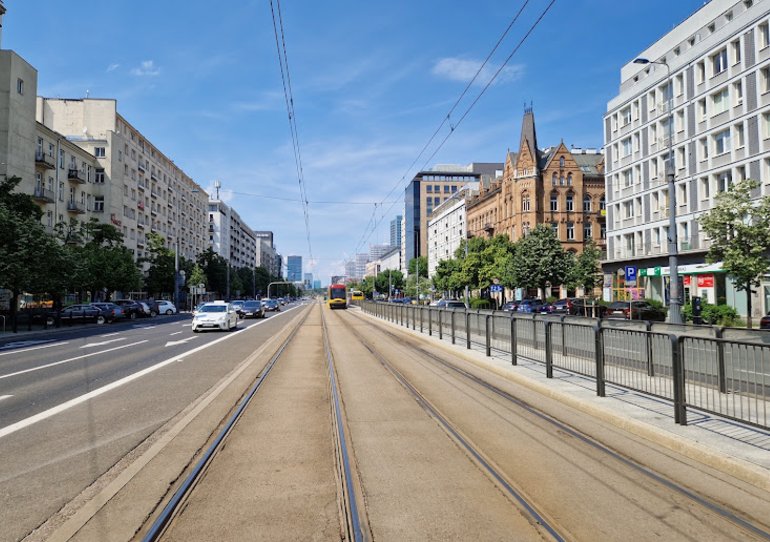
Keep an eye out for the neo-Gothic Church of the Savior at Zbawiciela Square, which was finished in 1907. You can’t miss its twin 75-meter towers – they’re a real standout in Warsaw’s skyline.
If your feet need a break, the Politechnika metro station is right there.
Marszałkowska Street really shows you what modern Warsaw is all about. There are plenty of cafes and restaurants along the way if you need to recharge before hitting the park.
You’ll know you’re at Royal Łazienki when you spot the distinctive green gates. Before you go in, check out the old Skarpa cinema building at the end of Marszałkowska – it’s a great example of 1950s modernist design.
During summer months, Zbawiciela Square comes alive with festivals and open-air concerts.
7. Royal Łazienki (16:00-17:30)
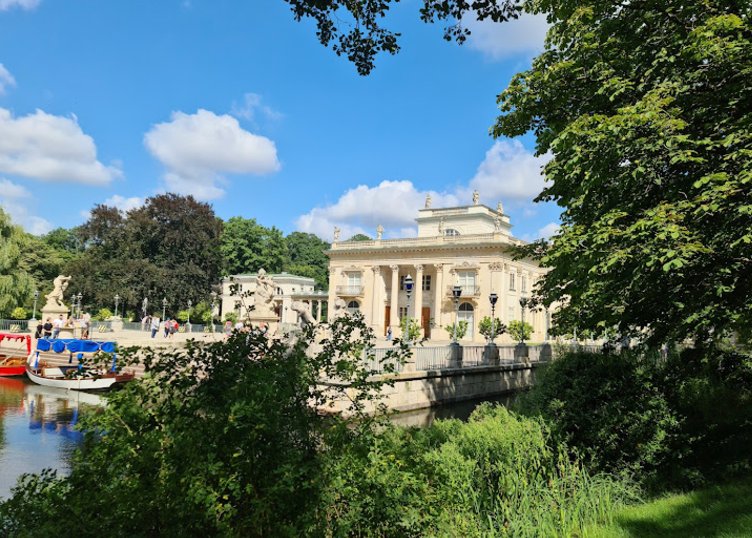
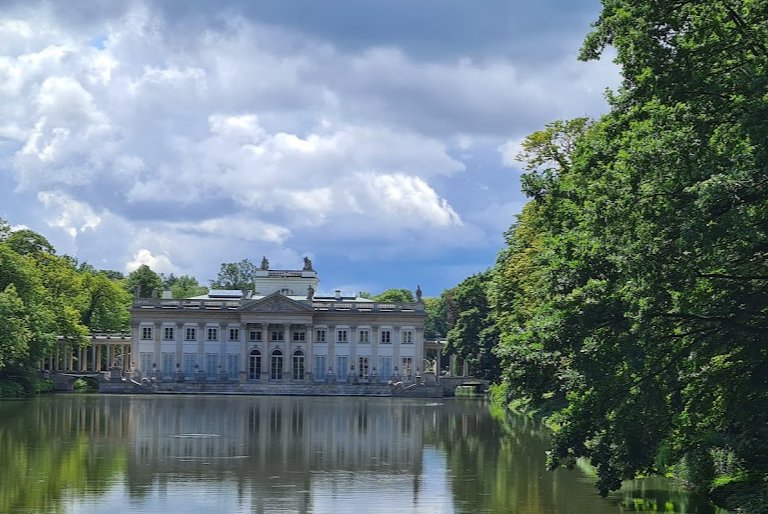
Welcome to Royal Łazienki, Warsaw’s largest park and a favorite escape for locals looking to take a break from city life.
Start your visit at the Chopin Monument near the main entrance – if you’re lucky enough to be here on a summer Sunday, you can catch free classical concerts.
Stroll down the main path and you’ll come across a gorgeous water amphitheater that still hosts shows to this day.
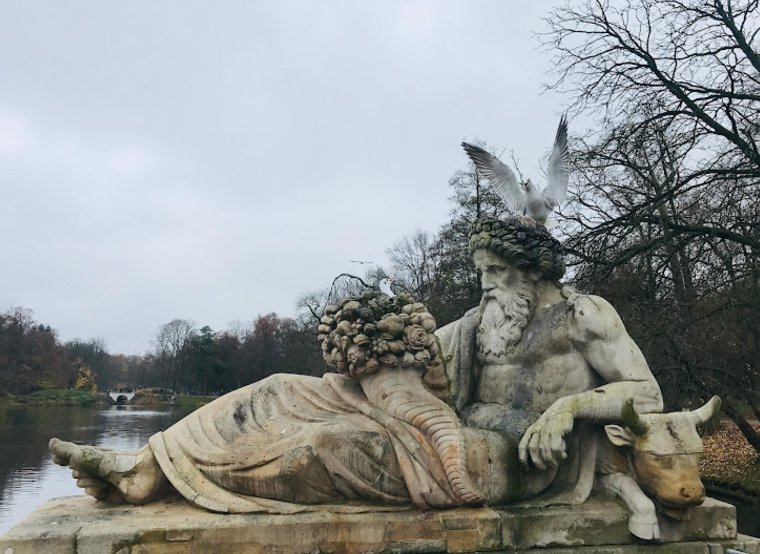
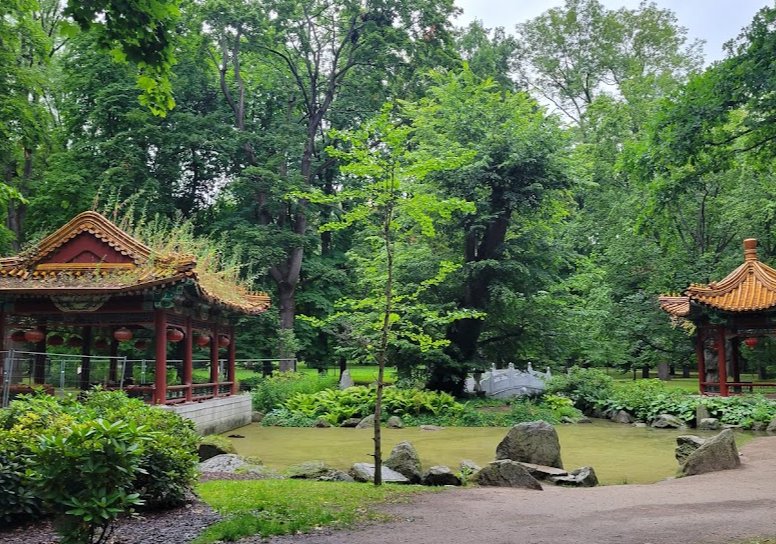
The crown jewel here is the Palace on the Isle, built for Poland’s last king, Stanisław August. Step inside to see the original 18th-century rooms and the king’s impressive art collection.
The park is full of life – you’ll see peacocks strutting around, ducks and swans gliding across the ponds, and plenty of squirrels (bring some nuts if you want to make friends). Head up to the hill by Belvedere Palace for a great view of the whole park.
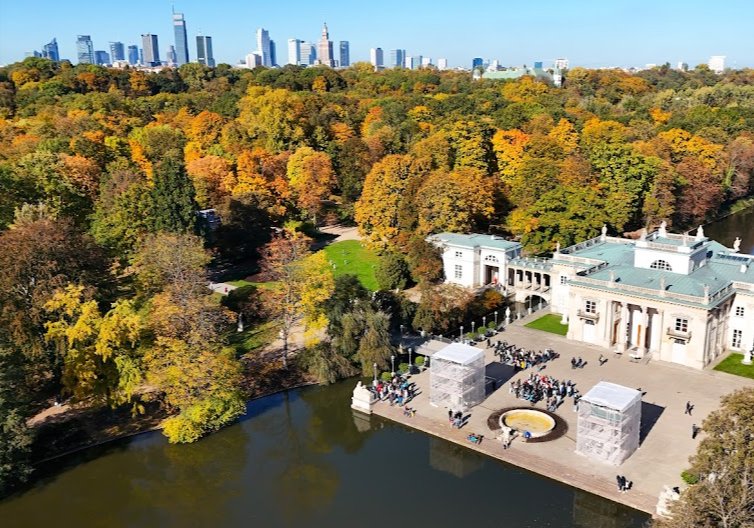

When you’re ready for a break, there are some lovely cafes on Ujazdowskie Avenue near the exit.
Wrap up your visit with a stop at the Centre for Contemporary Art in Ujazdowski Castle, where there’s always something new to see from Polish and international artists.
8. Ujazdów District (17:30-19:00)
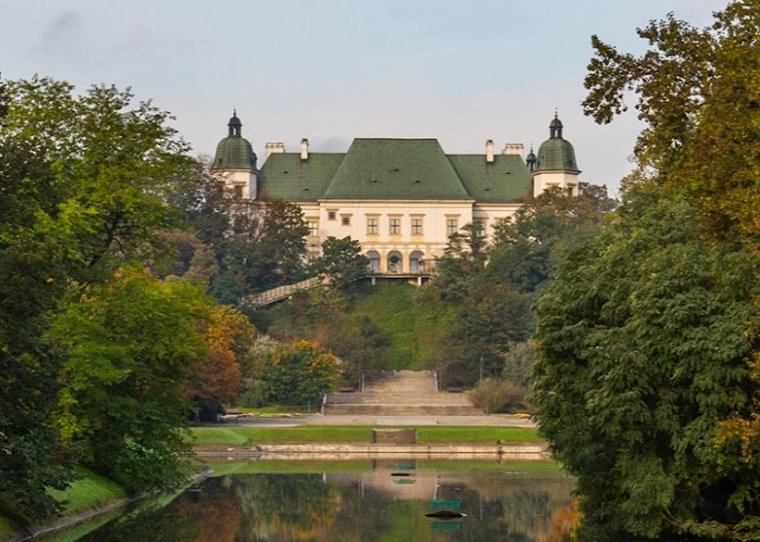
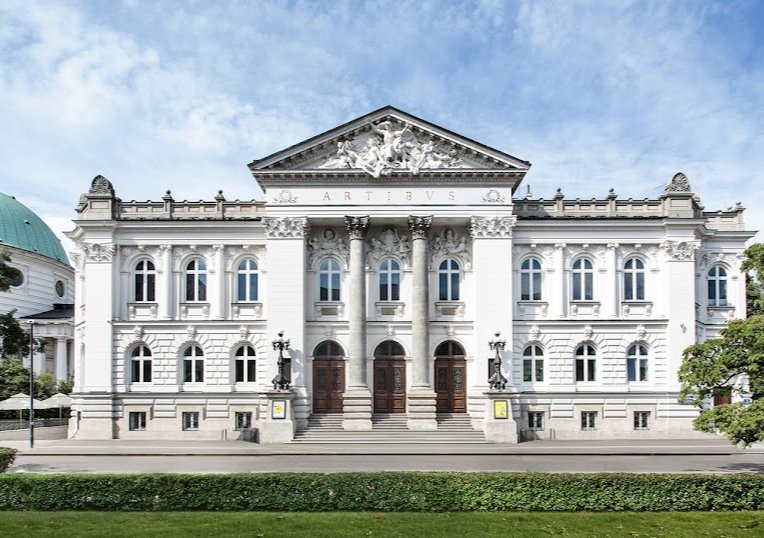
Round off your day in the charming Ujazdów district. Start in Ujazdowski Park – grab a bench by the fountain and watch locals walking their dogs or doing yoga on the grass.
The district centers around Ujazdowski Castle, a 17th-century building that now hosts rotating contemporary art exhibitions.
Make your way to Three Crosses Square, where you’ll find some of Warsaw’s best bars and restaurants – it’s a popular evening spot with locals.
The Zachęta National Gallery of Art is worth checking out – even if you don’t go inside, the 1900 neoclassical building itself is pretty impressive.
For dinner, try one of the restaurants on Piękna Street – locals love this area for its authentic Polish food and cozy vibe. In warm weather, you can sit on the outdoor terraces and enjoy views of the park.
As you walk around, you’ll notice beautiful early 20th-century mansions that survived the war – they give you a real feel for what Warsaw looked like back then. Try to time your visit for sunset, when the old buildings look their best in the golden light.
